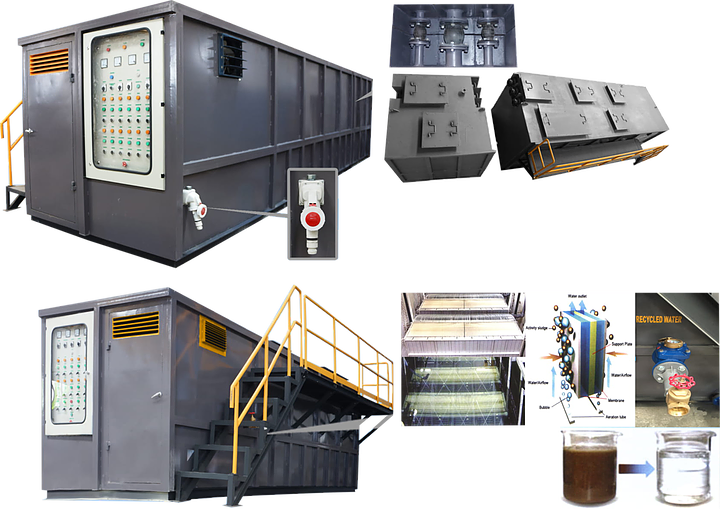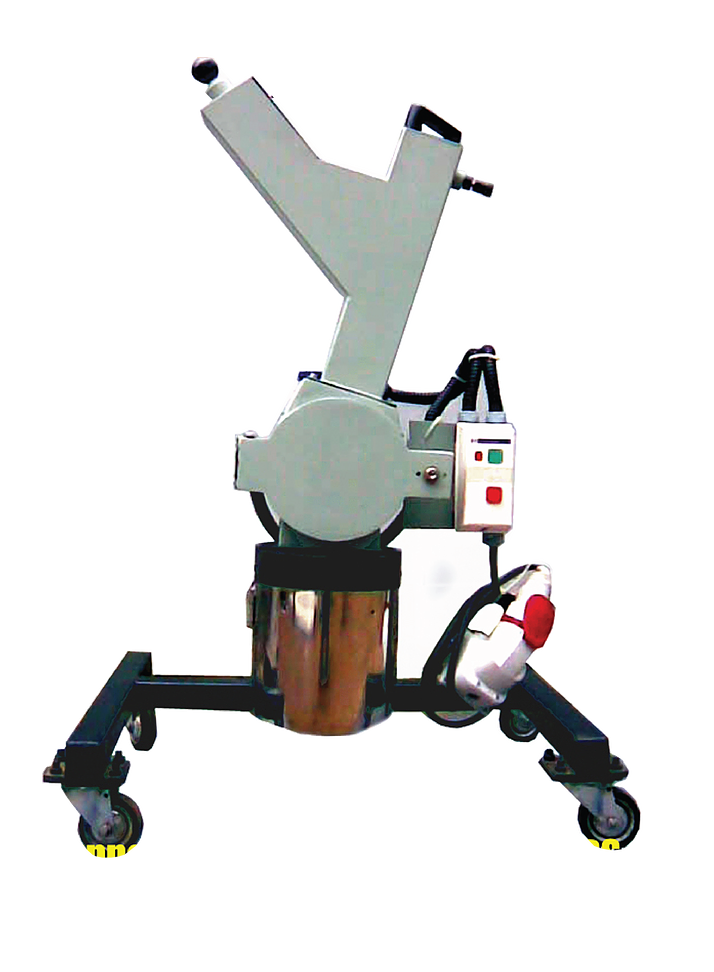To process medical waste from hospitals and clinics, PT. Wastec International uses environmentally friendly technology using a pressure jet incinerator machine.
Our incinerator technology is able to process waste with the form of sludge. We use rotary kiln type incinerator technology to treat sludge waste.
We use liquid spray incinerator technology to treat B3 waste in liquid form
The technology is also called 2 stages of combustion, which is after the waste is burned in the main furnace and then goes into the after burner to refine it.
Waste water treatment is a process used to convert wastewater into effluent, so that it can be returned to the water cycle with a minimum impact on the environment, or can be directly reused. Both are called water reclamation, because treated wastewater can be reused for other needs. The processing process is carried out at the Wastewater Treatment Plant (WWTP), which is also called the Water Source Processing Facility (WRRF) or water channel treatment plant. Pollutants found in urban waste (household and small-scale industries) can be disposed of and decomposed.
Waste water treatment is part of the overall sanitation sector. Sanitation also includes processing human waste, and solid waste, as well as processing rainwater (drainage). Production results produced by wastewater treatment plants such as filtration results, sand sludge and mud in waterways can also be processed in wastewater treatment plants.
Medical waste is a variety of types of waste containing infectious ingredients (or the potential to transmit disease). This medical waste may include waste that can be related to the production of medical waste, which can be seen from the visible origin, both from the medical field and the laboratory (for example, packaging, used bandage / bandage, infusion equipment, etc. .), and also test laboratory wastes containing biomolecules or restricted organisms from exposure to the external environment. As explained below, syringe waste will be considered as medical waste, both contaminated and uncontaminated, because of the possibility that these objects have been contaminated with blood and there is a tendency for injuries caused when not treated or disposed of properly. Therefore, medical waste is one type of hazardous waste.
Medical waste can be either solid or liquid. Examples of infectious waste, including blood sample waste, syringes, cultures and undesirable microbiological stocks, identifiable body parts (including pieces of the body originating from the amputation process), human and other animal tissue, wound plaster / bandages and drugs which has been used, discarded gloves, other medical equipment that has been exposed to blood and body fluids, laboratory waste that shows the criteria outlined above. Waste sharp objects that have been used and have potential for contamination, including syringes, scalpels, lancets and other tools that can penetrate the skin surface.
PT Wastec International has an environmental laboratory that can analyze B3 waste samples from our clients as a reference for handling methods that we will use.








